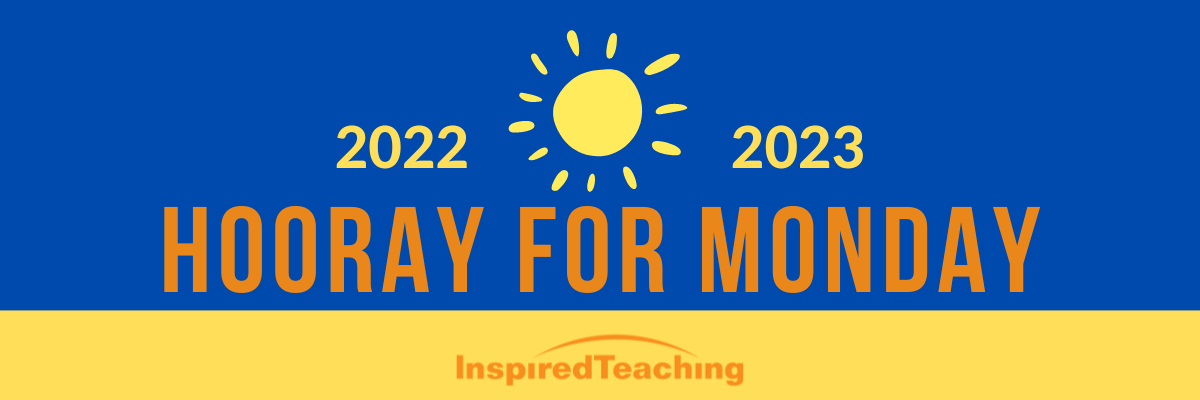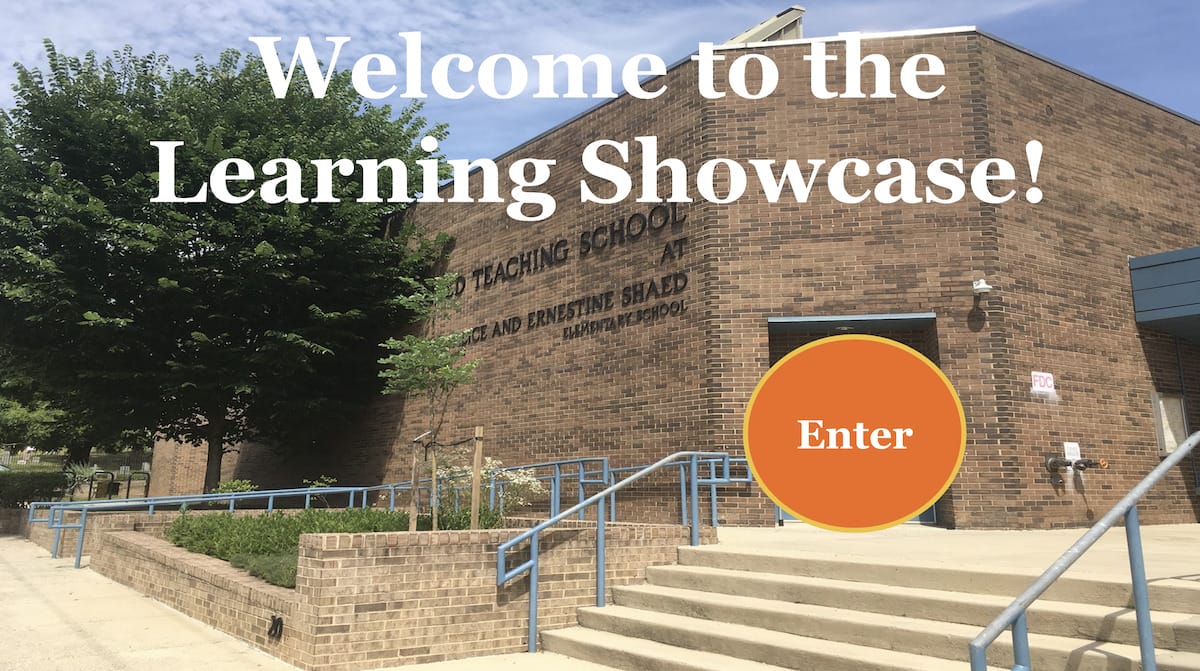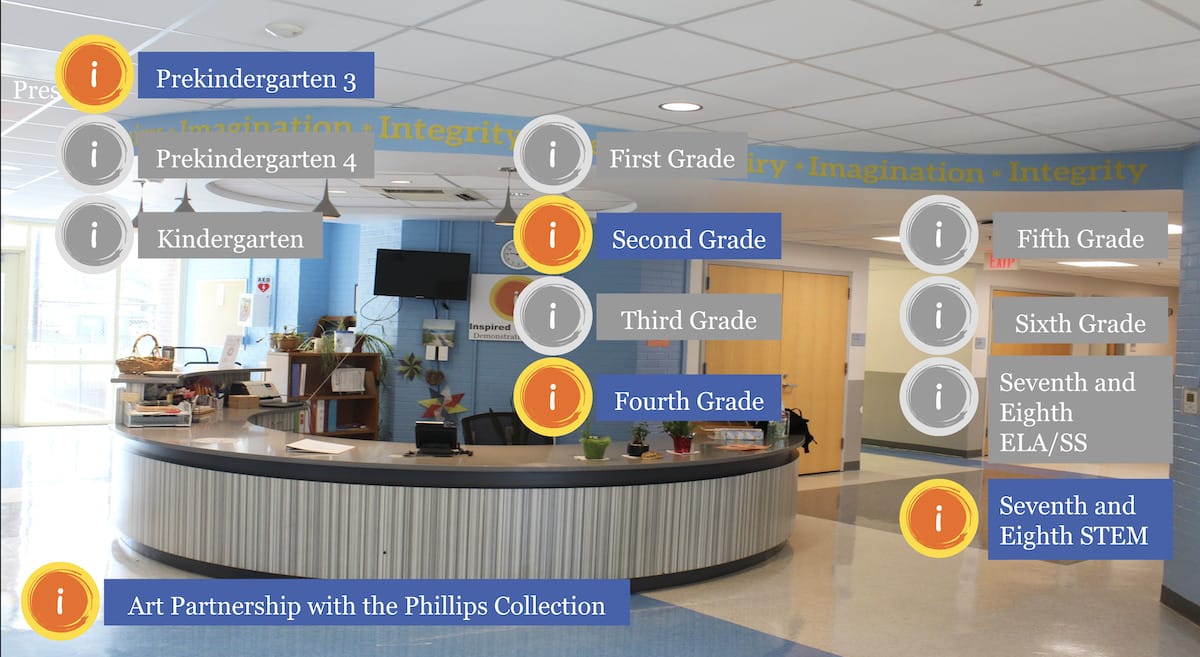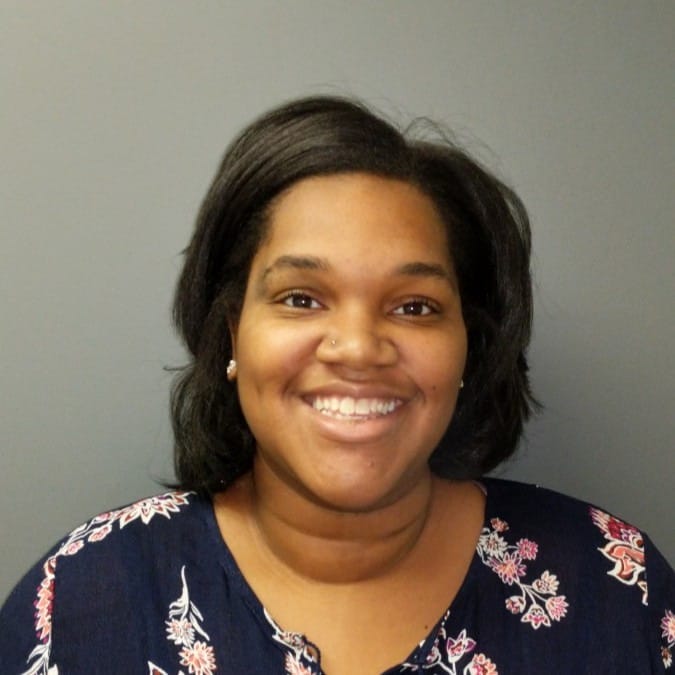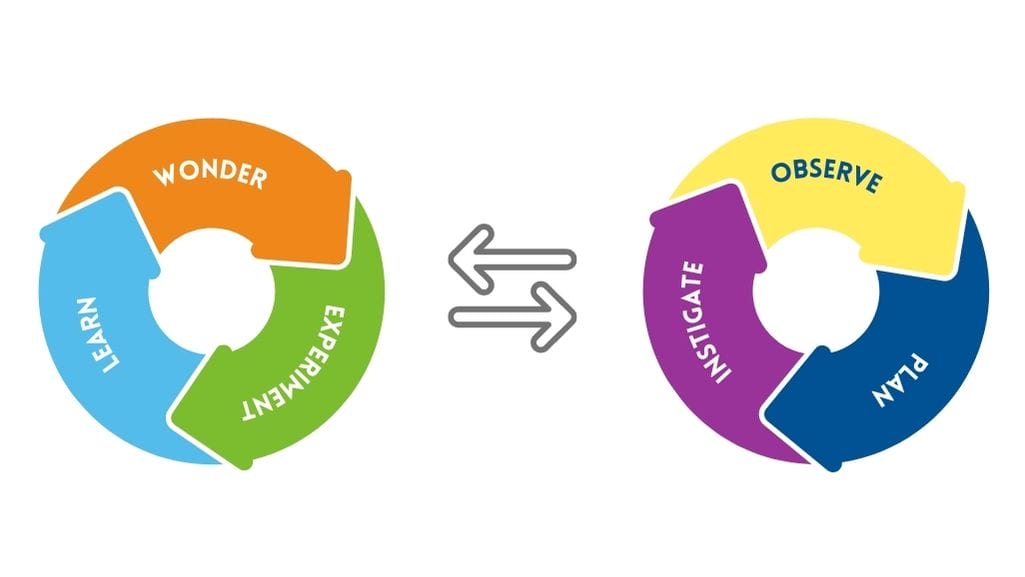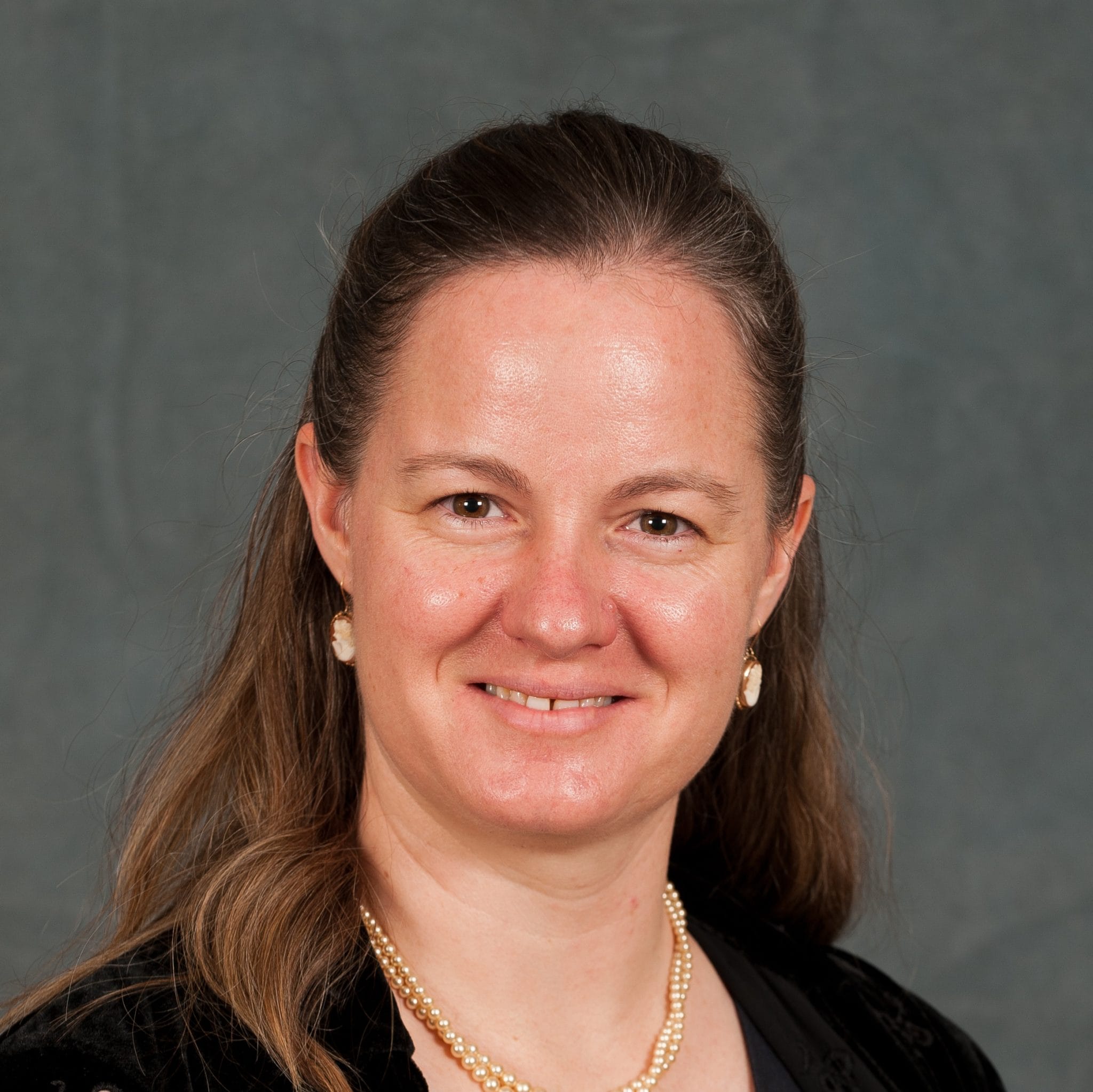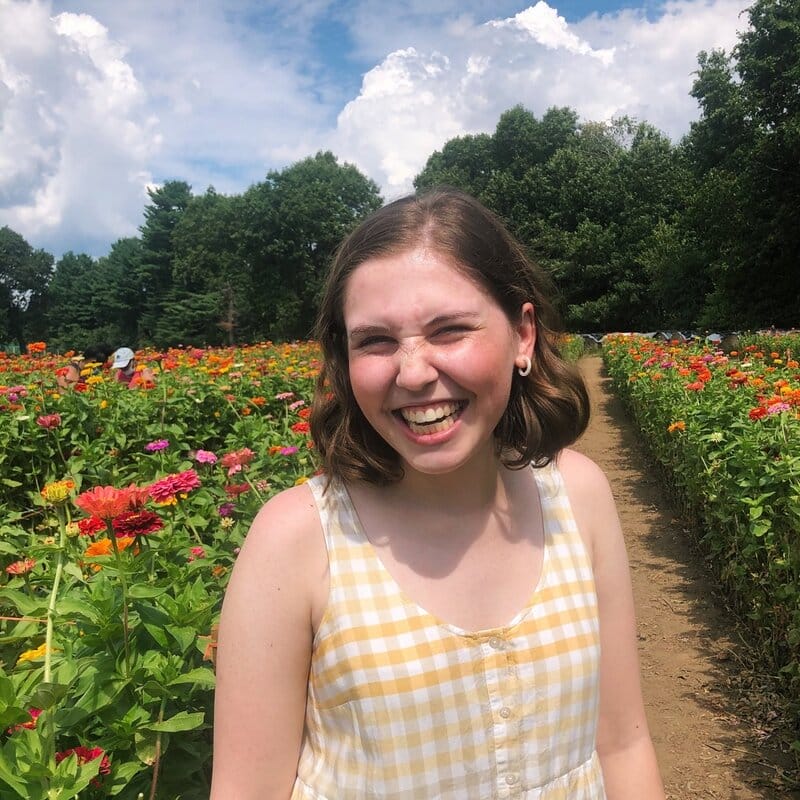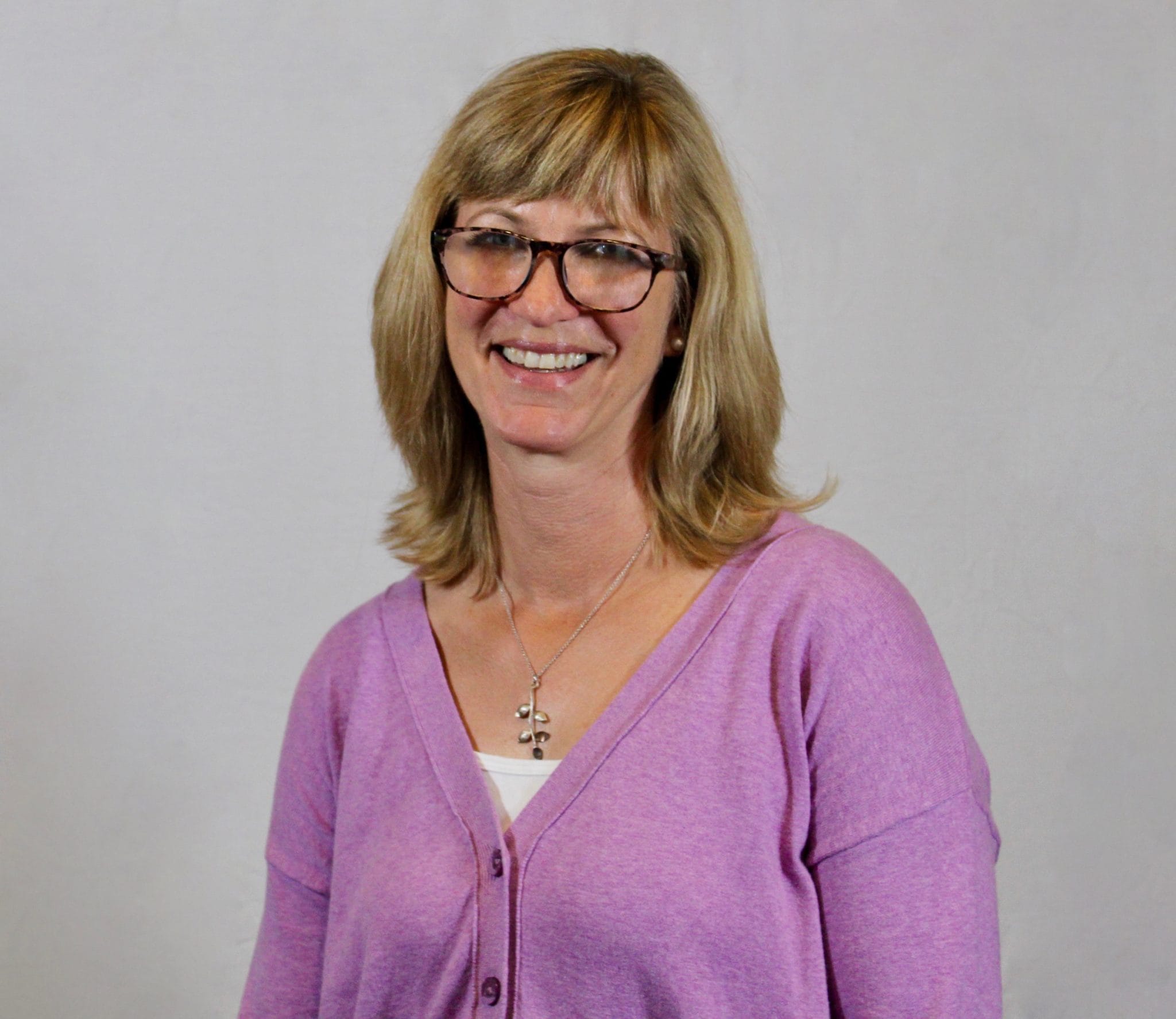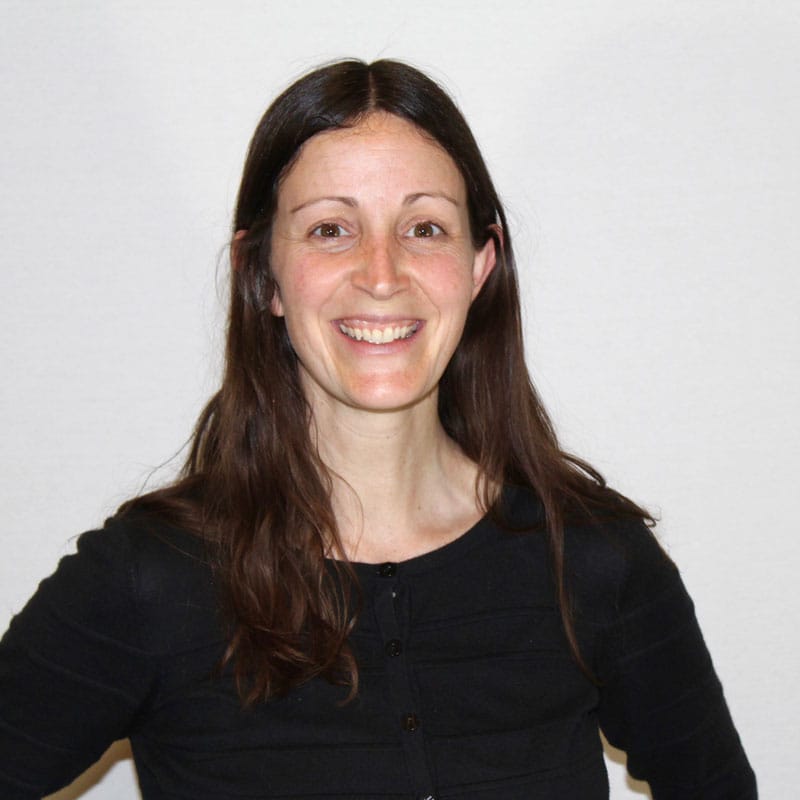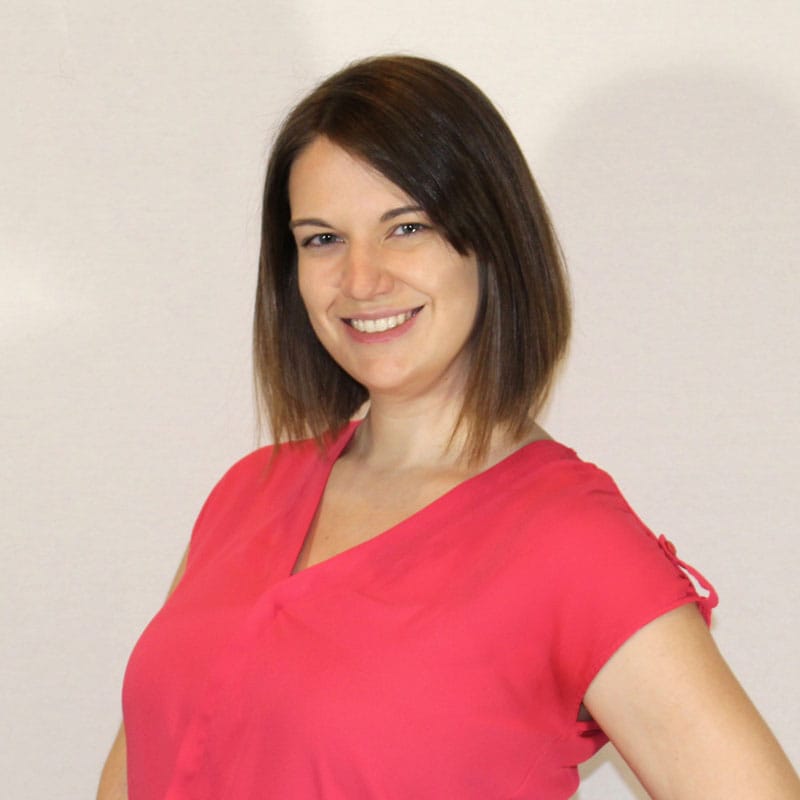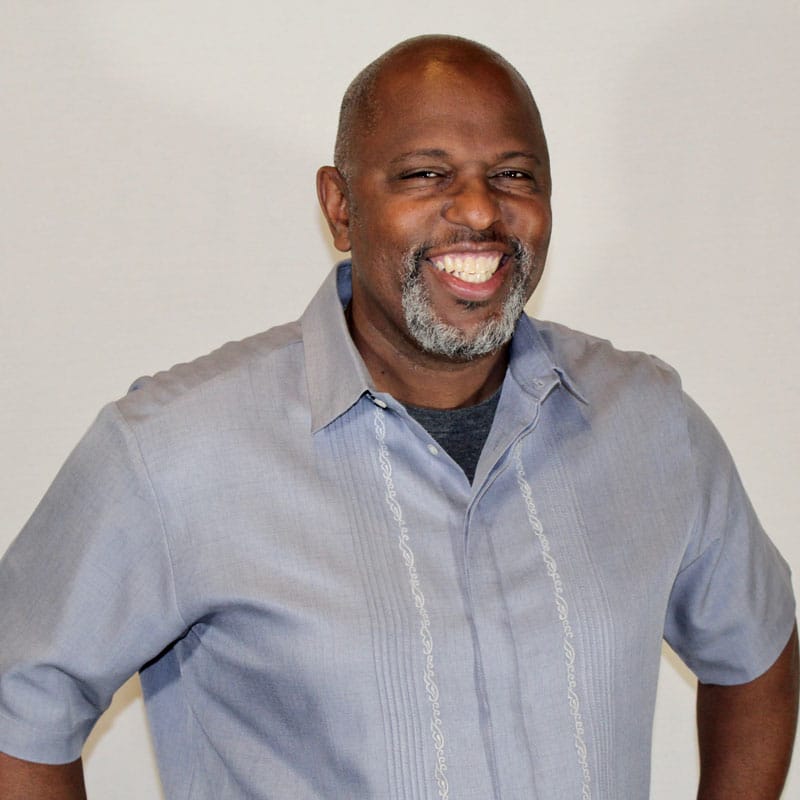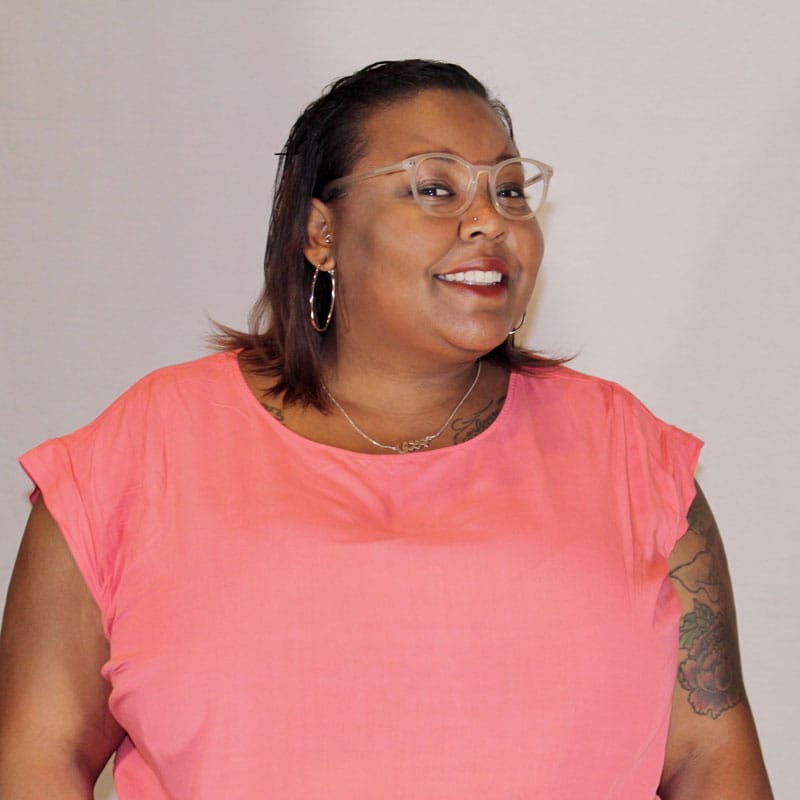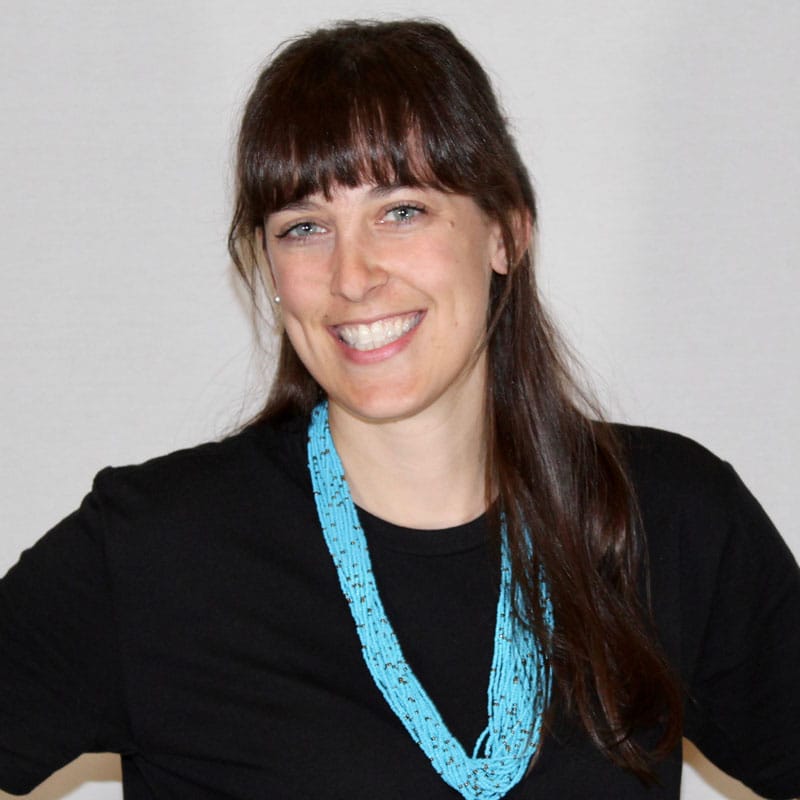March 27, 2023
By Jenna Fournel, Director of Teaching and Learning
Hooray for Monday is a weekly blog filled with questions, ideas, reflections, and actions we can all take to remodel the school experience for students.
You can now listen to Hooray for Monday on Spotify! Check out our podcast here.
For the past several weeks we’ve been talking about school connectedness after a report from the CDC found that just 61% of high school students feel connected to someone at school. Today we’ll take a peek inside a school where on a recent EmpowerK12 survey 98% of students said they feel a sense of belonging. What’s making that possible?
The Inspired Teaching Demonstration School (ITDS) does many things to make belonging central to its school culture. This week I talked with Monisha Karnani, director of demonstration and outreach, about one facet of that work: the Learning Showcase. We briefly referenced this a few weeks ago, it’s a learner-centered community event that flips the traditional idea of an “open house” on its head, focusing on the process of learning rather than simply highlighting end-products, and centering student voice in demonstrations of critical thinking, problem-solving, and growth rather than positioning the teacher as the expert in the room. One parent commented after the most recent Learning Showcase, “I enjoyed seeing my children’s work…where they were able to curate it for me in the school environment. It seemed to give them a little extra pride to show us around their spaces. I also enjoyed seeing all age groups displayed in the common areas.” Another noted, “My kids’ teachers clearly put a ton of work preparing – both logistically and getting my kids excited about the event. My kids were so proud and clearly felt so comfortable and such a positive sense of belonging in their school.”
Monisha shared these photograph collections that give you a glimpse into what the Learning Showcase looks like in PreK, 2nd grade, 4th grade, and middle school science. Remote learning during the pandemic challenged the school to come up with a virtual version of the experience and now these virtual tours help to share the learning with and model the process for other schools.
In our conversation, which you can hear at length in today’s podcast, Monisha touches upon a few key features of this once-a-trimester celebration of learning and community.
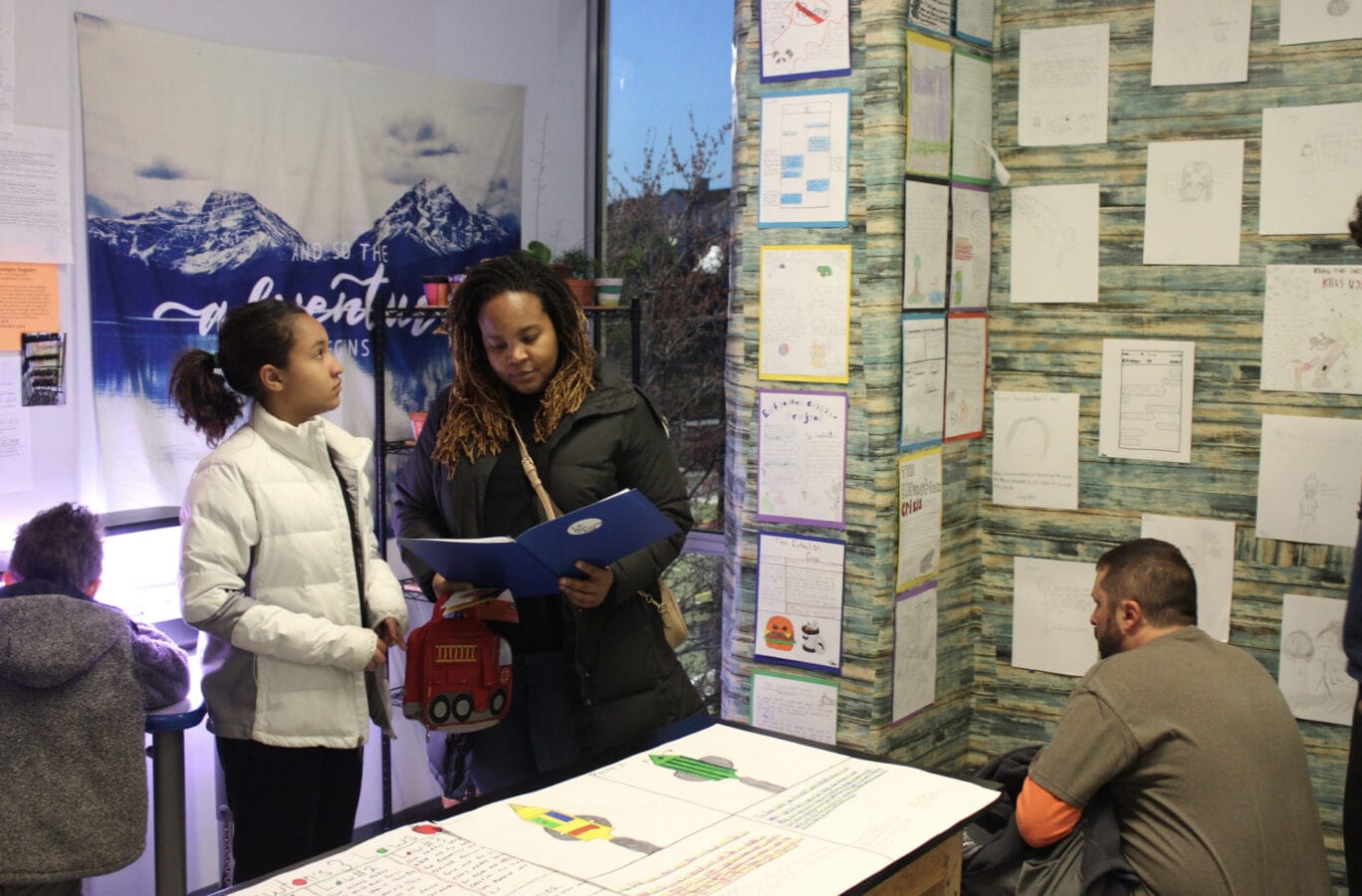
Shared language connects a community.
The 4 I’s, Intellect, Inquiry, Imagination, and Integrity are at the heart of everything students do at ITDS. When you visit a Learning Showcase, or even just a class engaged in a project at any point in the year, Monisha says that students “can tell you which I or Is they’re focusing on. They will be able to say, ‘I’m using my imagination here to figure out how to create a roller coaster where my marble can drop from the top and land at the bottom without going off track.’ Or they can tell you, ‘I’m using inquiry right now to figure out how to create a circle of Pringles because there is some physics here that I don’t really understand but I’m going to ask a lot of questions until I can figure it out.’” This common language and emphasis on these core concepts in learning create continuity across grades and Monisha also noted that it helps in onboarding new staff – they learn what these concepts mean to the school and can quickly adopt them as central to their practice.
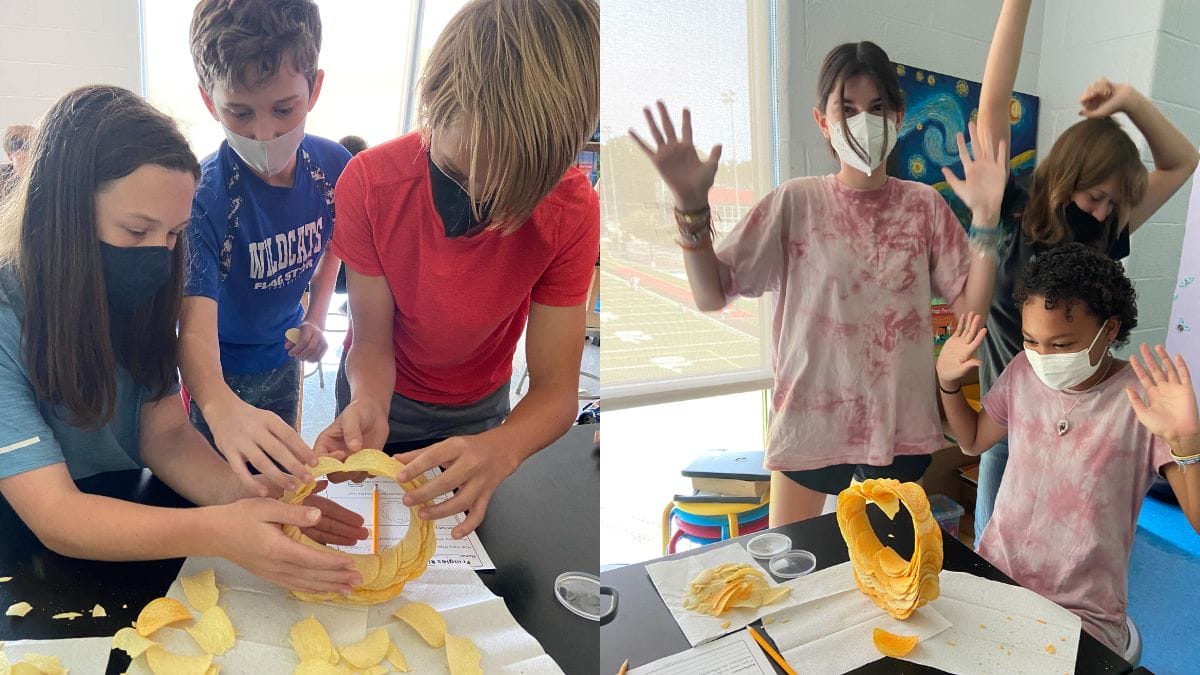
Walls that talk reinforce a shared vision.
It is a schoolwide expectation at ITDS that student work be displayed but also that an explanation of the process and purpose behind the work accompany that display. Monisha shared this “Walls that Talk” document that outlines these expectations along with a few examples. How can bulletin boards like these build a sense of belonging? When students see their work – and their learning process – thoughtfully displayed alongside their peers they see themselves as part of the community. And as the document Monisha shared explains, “As a school where everybody learns, all educators (ITDS staff and external visitors), students (current, former, and potential), and their families can utilize the walls and learning displays to observe, understand, and wonder.”
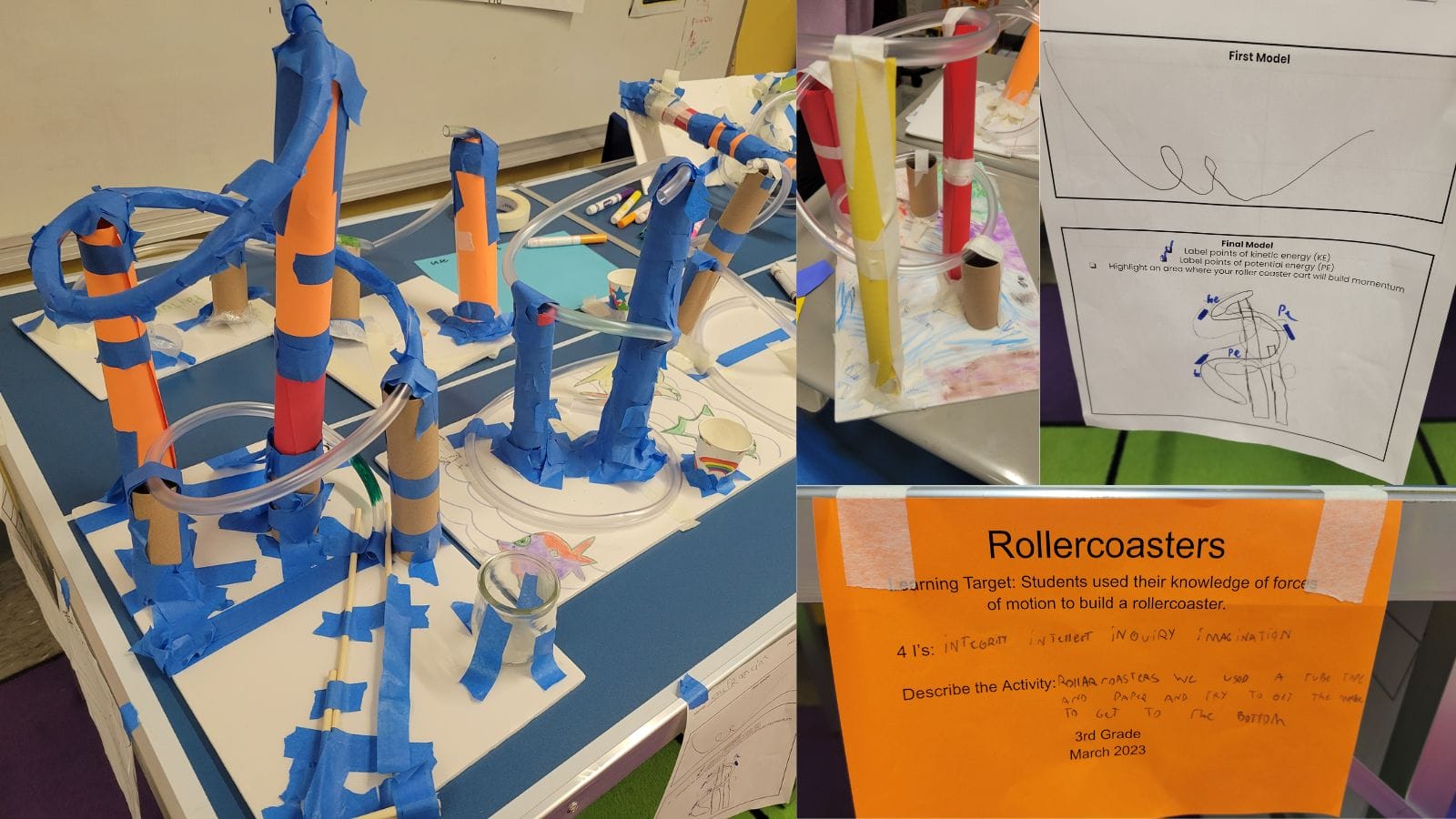
The process matters as much as the product.
Monisha explains that the work students showcase shares with families “how they’re here figuring things out. They’re exploring: ‘ How do I start from an idea? How do I draw my idea, articulate my idea, create my idea, build my idea, refine my idea, and then display it?’ It’s really important for families to see that, yes, there is this really cool final product, but there was this whole journey of learning that led to that product.” Just think about the shared understanding and appreciation for the learning process that can create in a school community! After the evening event where families are invited in to see all the work on display in their child’s class as well as others, the next day is a PD day for teachers who then get to visit each others’ classrooms to observe and learn from each other. In this way, the value of the learning process is communicated to and appreciated by the entire school community.
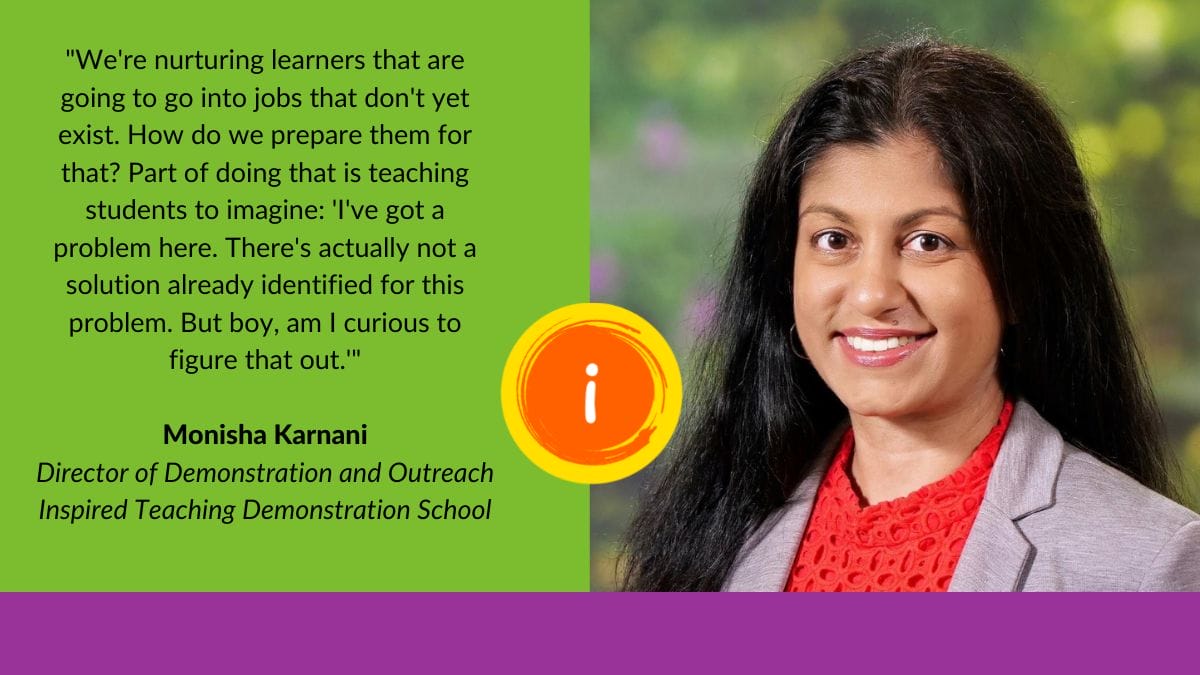
If you are interested in learning more about doing a Learning Showcase at your school, Monisha said she’s happy to share learning from ITDS and you can reach out to her at monisha.karnani@inspiredteachingschool.org. But even if you’re not quite ready to do a whole-school event this year, what might be possible if you set up just one “talking wall” in your classroom? What shared language core to your school would show up there? How can you ensure student voice is central in the display? Not sure? Ask them. See what new connections you can make this week!
What We’re Curious About
Each week a member of the Inspired Teaching community shares something that’s currently piquing their curiosity. Maybe it will spark yours too!

The Education Gap
George Miller, husband to Michelle Welk (Communications and Marketing Specialist)
My name is George Miller. I’m an associate professor of journalism at Temple University, in Philadelphia, I’m curious about the male to female K through 12 education gap.
I have a toddler – a son, who is my first and only child. I spend a lot of time thinking about who he is and who he will become. As a professor with a doctorate in higher education leadership, I have a good understanding of college students. But I have no real familiarity with K through 12. So, when I heard on a podcast the other day that research has shown females achieving higher — better GPAs, more advanced in math and English — than their male peers, my interest was piqued.
While I believe growing up in a household in which both of his parents are very committed to lifelong learning will help my son in his own academic pursuits, it made me wonder: What should we be doing to ensure his academic development progresses at an appropriate pace?
I also wonder: What is the value of the metrics we’re using to determine who’s “ahead” and who’s “behind?” Is saying that our education system disadvantages boys because it emphasizes organization, for example, really accurate? Or are boys disadvantaged by an education system that prizes organization because of a society that does not expect it of them?
I want to see my son reach his full potential. What do we need to do to make sure he can?
Teacher Resources
Take a Virtual Tour of the Inspired Teaching Demonstration School
What does this experience you’ve just read about look like in practice? Check out this interactive slide presentation to take a trip through a PreK, 4th Grade, and middle school science classroom.
Walls That Talk
The Inspired Teaching Demonstration School uses this template to guide how they arrange their bulletin boards and displays throughout the school. It offers a window into how they center process in the sharing and elevation of student work.
Museum of Me
At this point in the school year your students have grown in all sorts of ways, what if they created mini-museums to showcase that growth? Consider taking a Learning Showcase approach to this student-centered activity.
